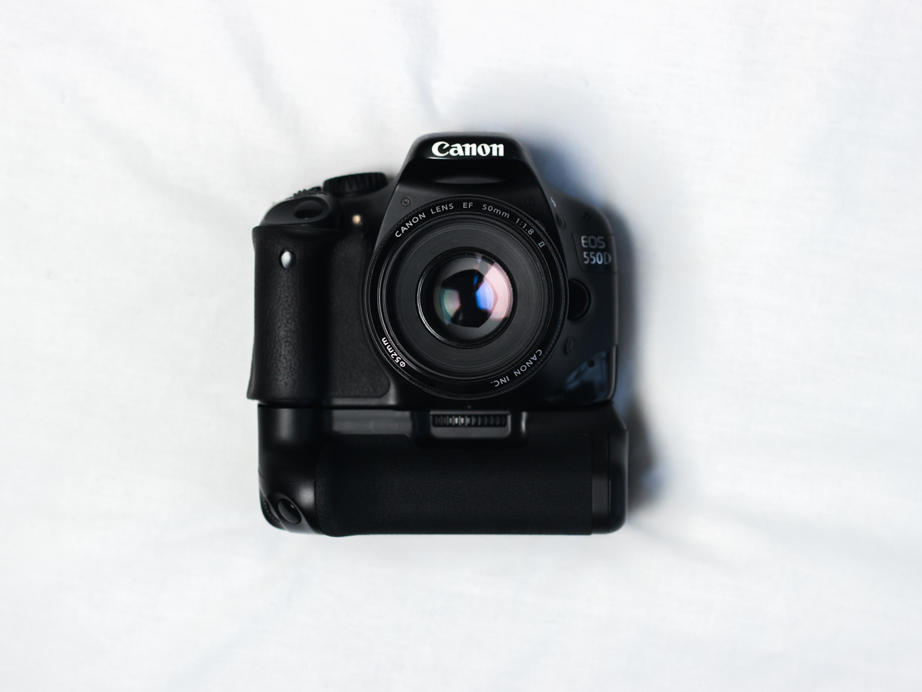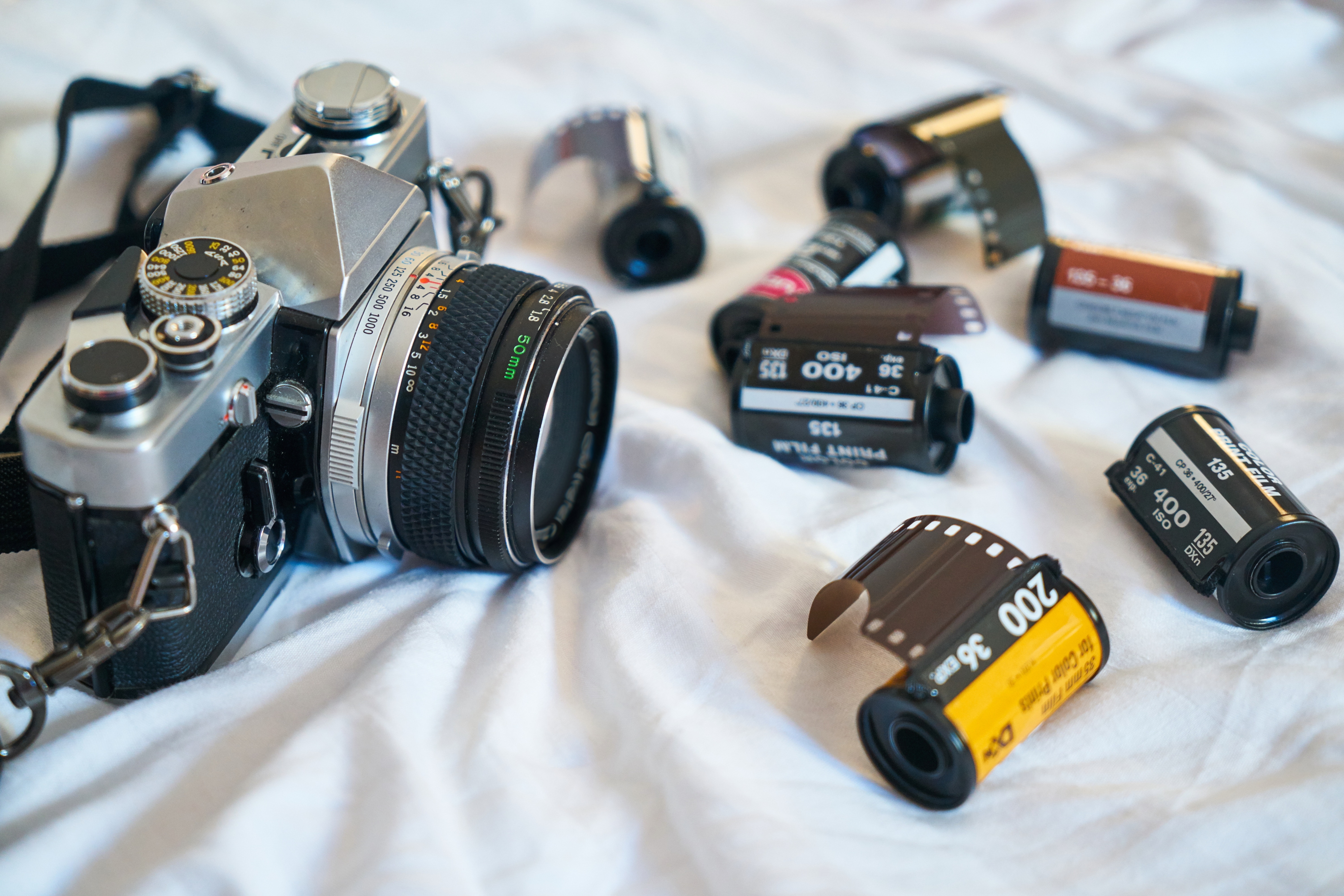
Previously, we covered some of the benefits of selling your photo gear, establishing that whether you’re looking to make some room, cash in or trade up, there are many advantages to putting your kit up for sale. And by now, you may be thinking it’s finally time to part with some of your equipment—so, what’s next?
No matter what you’re selling, there’s a few steps you should take to prepare your gear for sale.
Inspect Carefully To Determine Condition

Before you start considering offers, you have to determine the condition of your gear. This is an important step, because if you properly evaluate the state of your items, you’ll get a better idea of their value. At KEH, for example, our technicians inspect camera gear very carefully based on a wide variety of criteria before assigning a grade. This, in turn, will determine the pricing when the item goes up for sale. Like any other evaluative process, knowing what to look for is the key.
So, for lenses, this means making sure to inspect for scratches, dust and debris on the front and back of the lens, as well as between the glass elements. Moisture can get trapped within, making fungus and mold common problems, and these pesky growths can be hard to spot if not inspected thoroughly. All aperture blades should move evenly and be free from any excess oil. Additionally, the focus, zoom or aperture rings should be fully functional and smooth to operate.
Finally, you should check for damage on the barrel and on the lens mount to evaluate cosmetic condition—chips in the paint, scratches, dents and caked-on dirt are all detracting factors that can greatly impact your selling price.
This is also true of camera bodies, which can suffer heavily from wear over time. Aside from appearances, one good indicator of a camera’s usage is the shutter. Most (but not all) manufacturers of digital cameras offer ways to check the number of actuations endured by your mechanical shutter.
Film cameras are harder to evaluate this way, but checking the rubber light seals can give some indication of condition, as they tend to crumble away in older models, which will lead to light leaks. Timing tests can be done to make sure the shutter speeds are still accurate and it’s always good to double-check the accuracy of the built-in light meters. To be certain, you should probably triple-check that all mechanical and electronic parts are working properly and make note of anything that isn’t up to standards.
Here’s a couple additional videos illustrating how you should inspect a camera body:
Research the Value of Your Items

Okay, now that you have a better idea of the condition of your gear, you can start looking into how much it’s worth. There are a number of ways to do this, and while none of them are set in stone, you can certainly get a range in mind from doing a little research.
First up, it would be weird not to mention our own KEH Sell Wizard—it’s a powerful online resource which millions of customers have used to get a quote. It’s simple to use, you just search for the item you want to sell, pick the exact model from the list and select the appropriate condition. After that, you may be asked to pick what’s included with the item from a list (i.e., batteries, charger, etc), after which you just add the item to cart and you get an instantaneous quote.
Our Sell Wizard is extremely helpful because you can go back and edit an item to see the full range of values based on different conditions. This will give you a better idea of what you’re in for if you decide to send it in to our experts for inspection. Selling to KEH is easy because we handle all shipping costs and offer quick and secure payment.
If you want to do more market research, hit up Google, eBay or Craigslist to see listings of comparable used items. Keep in mind that just because something is listed at a certain price, it doesn’t necessarily mean it’s selling at that price. Online community marketplaces are filled with hagglers, price snipers and scammers looking to score the deal of a lifetime, so you’ll likely rarely sell an item for the listed price.
However, if you do your research, you should be able to use these resources to get a ballpark figure. It’s also important to have a price floor in mind—a figure under which you are not willing to go. This will make your decision-making much easier in case you’re faced with a lower offer than you were expecting.
Prep It To Go Out the Door

So, now you’ve inspected your gear, researched its value, and you’re ready to wave it goodbye. But before it goes out the door, there’s a few more steps to take.
If you have the original box, instruction manuals, software discs or any accompanying materials, make sure to include them with your items. Same goes for lens caps, hotshoe covers, strap lugs and accessories. For one, having all the original pieces as part of the set greatly increases the value to buyers, plus, they’ll likely be of no use to you once you get rid of the item.
If applicable, look into restoring your digital camera to its factory settings—this will erase any copyright or personal data that you may have stored on it. Also, double-check that all memory cards have been removed or formatted to protect your privacy.
If you’re shipping your gear, it’s recommended that you remove any batteries and split them up from the rest of your items by storing them in separate ziplock bags. If shipping lenses with built-in image stabilization or vibration reduction, switch those features off so that the stabilizing components are sure to be locked and don’t move around in transit.
Ultimately, preparing your photo gear for sale gives you a better idea of its value, and can also greatly increase how much money you make from it. As long as you invest a little time and effort, you should be well on your way to making a successful sale—which means more money for new gear!




